How to Fly by Private Jet – All the Ways to Fly Private
How to Fly by Private Jet – All the Ways to Fly Private
There are various choices available if you want to go by private aircraft. This could appear a little daunting at first.
There are six main ways to travel by private jet: fractional ownership, entire ownership, charter, empty legs, and jet cards.
Although there are several ways to fly by private jet, choose the best one for your needs is a very straightforward procedure. Understanding each method’s advantages and disadvantages as well as the respective costs is crucial.
Additionally, it’s crucial to comprehend how you may carry out your purpose using each strategy.
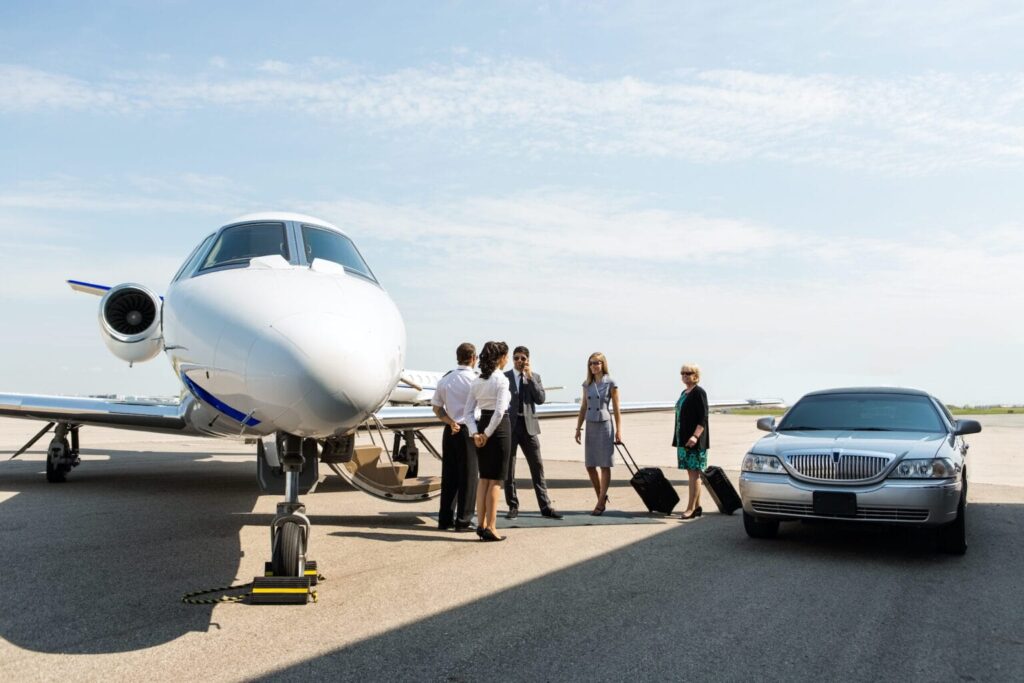
Overview of the Flying Private
Prices are listed for renting the full aircraft, excluding the seat-sharing option for travelling by private jet.
Private aircraft are exactly that—private. Which passengers travel with you is entirely up to you.
You are in complete command of the mission as a result. You get to pick the flight’s departure time, departure airport, landing airport, and (in most circumstances) the aircraft that will fly the flight.
There are obviously restrictions within this. This degree of flexibility is not possible, for instance, while using an empty leg when flying by private jet.
Additionally, there are some operating restrictions that will limit some of the liberties. For instance, some airports don’t have runways that are long enough for specific types of aircraft. Some airports have time limits for arrivals and departures. Sometimes a last-minute changeover is required for an aircraft.
However, in general, absolute independence, adaptability, and customisation are some of the greatest advantages of private jet travel.
Of course, this is all before you consider the elegance and comfort of using a private aircraft.
Most of the time, private aircraft are much more opulent and comfortable than commercial aircraft.
Comparatively quieter than commercial flights are many private jet cabins. Compared to aeroplanes, some have a lower cabin altitude. Compared to aeroplanes, most offer more space per passenger.
The majority of advantages of using a private aircraft can therefore be categorised into five groups: time savings, enhanced safety, increased privacy, increased comfort, and usage of handy airports. Here, you can find out more.

Basic Techniques
There are six main ways to use a private jet, as was previously indicated.
These are listed from least expensive to most expensive:
- Share a seat
- Bare legs
- Chartering a private jet
- Air card
- A split in ownership
- Complete ownership
You can actually fly on a private jet by employing any of these ways of air travel.
However, as you might anticipate, mission customization, service, and reliability increase as your budget increases.
For instance, you would be in command of a private plane if you owned it outright. As a result, you can access it whenever you need to. No peak days exist. No extra fees. You may use it whatever you choose. There are scheduled (and occasionally unscheduled) maintenance events, but overall it will always be accessible.
On the other hand, flights with empty legs always take off. As a result, it is considerably more comparable to commercial aviation. The flexibility of origin and destination is present, although not to the same degree as with other approaches.
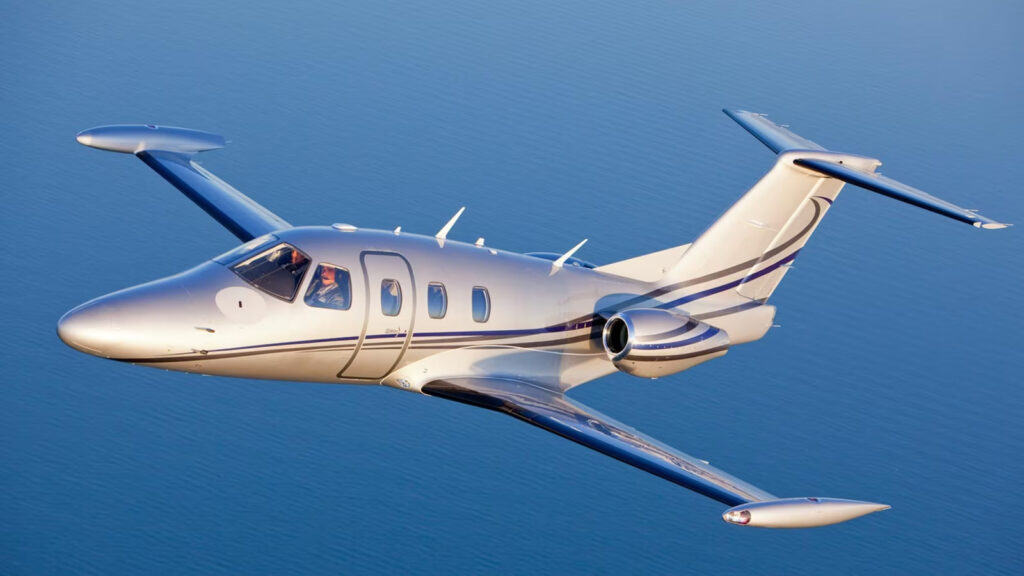
Seat Share
With the exception of the initial global lockdown in March 2020, the private aviation market has grown significantly over the past two years.
Demand increased in 2021 over 2019 (the previous “normal” year), and it is already heading higher above the already robust 2021 demand.
The seat share market, on the other hand, hasn’t done quite as well in the private aviation sector.
This is mostly attributable to COVID, which has been the primary driver of the rise in popularity of private jets. Passengers who want to avoid the congestion and dangers of commercial flight are quickly becoming more and more popular with private planes.
However, sharing seats does not make this problem go away.
When you reserve just one seat on the aircraft, the private jet is a seat share.
Either this is a true private jet with only one seat reserved for you, or this is a hybrid aircraft that combines features of both private and commercial aircraft.
By far the least expensive way to fly privately is by sharing a seat.
For about $308 roundtrip, you can reserve a single seat on JSX between Los Angeles and Las Vegas.

Naturally, this is much less expensive than renting a full jet. For the same dates, you would need to pay at least $15,000 to hire a whole jet.
As a result, seat sharing enables you to enjoy the private jet experience for a much lower price.
But it’s debatably not really flying private. This is so that you know you’re not flying alone. The other passengers are not under your control.
Additionally, you are unable to select the precise airport within the city of your choosing or the time of departure.
The lack of space is just another drawback of sharing a seat in a private plane.
Since there isn’t much room, this is mostly an issue with light jets or smaller. You will nevertheless pay thousands of dollars for the experience.
As a result, it might be challenging to compare the cost of a seat-share private flight to that of a commercial airline. Even though it is more expensive, private jet travel does not offer all of its advantages.
Therefore, seat-share private jet travel occupies an uncomfortable middle ground between authentically private flights and commercial aircraft.
Vacant Legs
Private jet flights that are planned to depart without any passengers are known as empty legs. This typically happens when a plane is being moved for a paid flight.
Then, in order to cut expenses, the operators will offer steep discounts on these flights.
Empty legs are frequently last-minute, not very adaptable, and susceptible to cancellations. This is so that the flights can be planned around the full-priced consumer.
Why then are these flights on sale?
Simply put, taking an empty leg trip drastically lowers your options and flexibility when booking a private jet aircraft. The amount of solitude and luxury offered by empty legs is comparable to that of regular private jet travel.
Additionally, if you can be flexible and fly just one direction at short notice, you can score some great prices.
Usually a day or two before the travel, empty leg flights are made available.
There is, of course, some flexibility in terms of altering the airport or the time, but most adjustments will probably incur costs. Therefore, there is a thin line between receiving an incredible deal and spending barely less than the retail price for a charter.

Private Jet Charter
Most people will first consider travelling via private jet charter when assessing their options.
This is when you hire a private plane for a single trip. High levels of luxury, individualization, and flexibility are the end results.
You get to pick your departing and arrival airports, as well as the time of departure, the number of passengers, and the type of aircraft. All of these choices, though, came from a predetermined list.
There are just a few planes that will be available, for instance, if you want to fly a specific route on a specific date at a specific time. As a result, you will be free to select an aircraft from a selection that is offered. You cannot choose any jet in the globe, though.
Private jet chartering is, of course, more expensive than the other two choices. This is because the privacy and personalised nature. Additionally, the current business system is to blame.
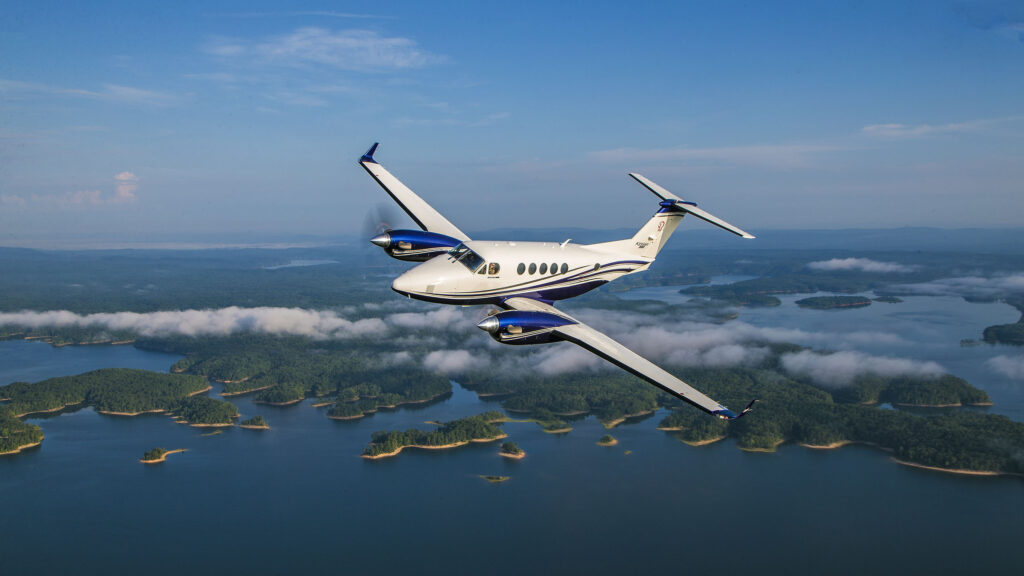
Brokers and Operators
When it comes to renting a private jet there are two key terms to be aware of, brokers and operators.
Operators are the companies that actually handle the flight. They are the ones that have the aircraft on hand, the crew, file the flight plan, etc.
Brokers are the middlemen. They are the ones that are between you and the operators. Brokers have connections with the operators and field all the quotes. Brokers then present the best options to the customer, along with their markup.
The result is a lack of transparency. There is no breakdown of the operator cost and the broker’s margin, it is simply added on.
However, the issue with operators is that they are heavily localized to their region. For example, it is no use contacting an operator with an aircraft in New York when you wish to fly from Los Angeles to Las Vegas. Unless, of course, that aircraft is already in the local area.
In this situation, a broker would know of the aircraft in the area that you wish to fly.
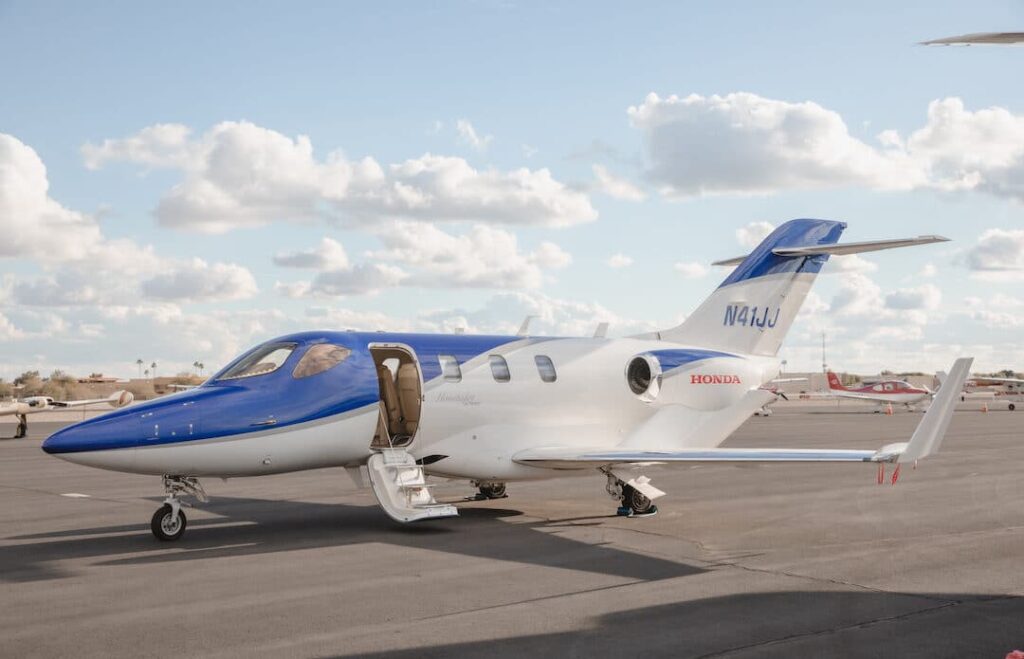
However, with the advancement of technology and transparency, new systems and products are coming to the market that try to increase the transparency of cost.
For example, Jettly provides an open marketplace for users to instantly compare direct costs from operators. In exchange, you can pay for a monthly membership or a one-off fee.
Additionally, Jet ASAP wants to break into this market by posting flights and receiving bids from operators. In order to use this service, they charge an annual fee.
This isn’t to say that brokers don’t do anything. They make the process much easier. All of the comparisons between operators are done for you and only the most suitable options are provided. There is one point of contact that can arrange catering and ground transportation, for example.
Furthermore, brokers don’t charge upfront fees. Therefore, you don’t have to take the risk with something like Jet ASAP of charging an upfront fee before you know the cost of your flight.
Should You Use a Broker or an Operator?
Ultimately it comes down to price vs effort.
If you are happy to put the effort into researching the market (such as the different safety standards and aircraft), along with fielding multiple quotes from operators, then an operator is the way to go. Additionally, this is a great option if you want to save a few thousand dollars.
However, a broker is a great option if you are new to the market and want some guidance. Additionally, a broker is a great option when you want just one point of contact and ease of use for your whole journey. It is also much easier to build a relationship with a broker if you fly a lot compared with an operator. This is because the broker will remain the same for every flight but the operator will change depending
on your mission profile.
Learn more about chartering a private jet here
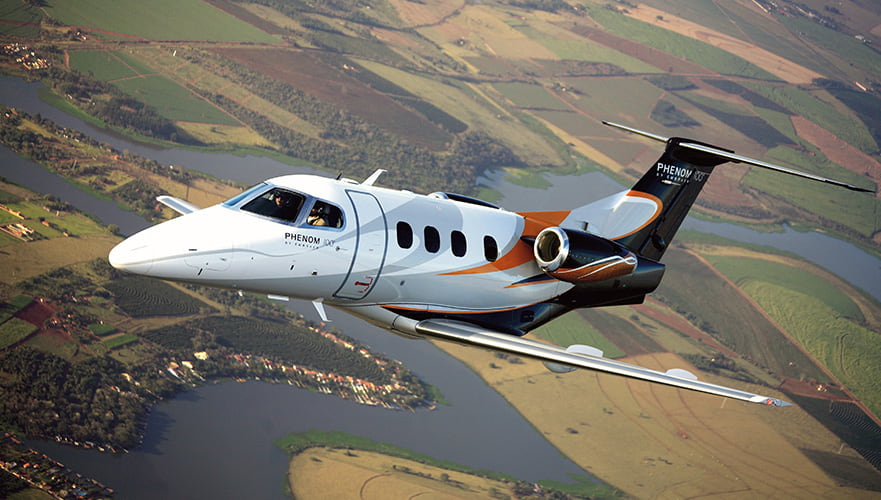
Private Jet Card
A private jet card is a next level up from ad-hoc charter flights. Typically, jet cards make sense when flying more than 25 hours per year.
A jet card is a pre-paid membership program that allows you to fly on private jets at a fixed rate.
A key benefit of jet cards over on-demand charters is the consistency of price. Most jet card providers will provide fixed hourly rates for each aircraft.
Additionally, given that you fund the card upfront, you don’t have to complete individual transactions for each flight.
Furthermore, jet cards typically offer greater guarantees of flights – especially around peak days – along with a typically more generous cancellation policy.
Jet cards start to make sense when you are flying by private jet regularly, typically for similar missions. For example, flying once a month from Miami to New York.
You can learn more about jet cards here.

Fractional Ownership
When you want the independence of full jet ownership but without the difficult logistics and high cost, fractional ownership is a fantastic choice.
Fractional ownership is more expensive when compared to the alternatives mentioned above. Due to this, there are very few businesses that provide fractional ownership.
The two most well-known providers of fractional ownership are Flexjet and NetJets.
When you buy a portion of an aircraft, often between 1/16 and 1/2, you have fractional ownership.
The size of your share determines how long you may fly per hour, with most programmes assuming each aircraft can fly 800 hours annually.
As a result, your ownership interest is based on the 800 hours you work annually.
For instance, you would anticipate being able to fly for 50 hours a year if you owned 1/16 of an aircraft. 400 hours would be available to you if you had a half ownership.
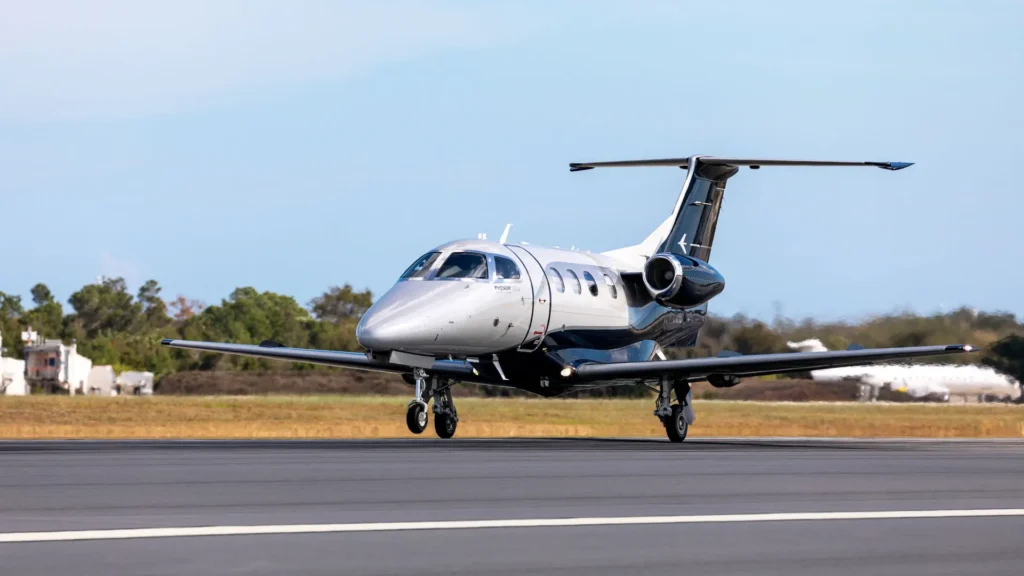
When it comes to fractional ownership, there’s a frequent fallacy that you’ll always be using “your” plane. In general, fractional ownership firms manage a sizable fleet of aeroplanes. This means that a different aircraft can be sourced if “your” aircraft is out for repair or being used by another customer. Additionally, it is far more cost-effective for the fractional ownership organisation to offer an aircraft close to your point of origin.
The majority of fractional ownership programmes will have 5-year ownership durations. The operator will normally buy back the aircraft at fair market value at the conclusion of the ownership period. However, keep in mind that planes with fractional ownership are often flown far more than planes with full ownership, therefore the market value will probably be lower.
Given that you must pay a sizable up-front cost to reserve aircraft time, purchasing a fractional ownership sounds a lot like signing up for a jet card programme at this point.
The advantages of asset depreciation are one of the main distinctions, though. Because the depreciation of the aircraft can be written off, businesses can gain greatly from flying through a fractional ownership programme rather than a jet card programme.
Private Jet Whole Ownership
private aircraft full ownership And lastly, full ownership is the pinnacle of private aviation.
Private jet entire ownership refers to when one person or organisation has total authority over the aircraft.
Compared to the other choices listed, whole jet ownership is significantly more complicated, more expensive, and logistically demanding.
The ability to utilise your own jet whenever you choose is one of its main advantages. There is no hourly limit. No peak times. Wherever you last landed will remain there.
Additionally, you can customize the aircraft however you want. Depending on your preference and type of mission, you can outfit the interior with the necessary seats and upholstery.
The aircraft actually belongs to you, and it confers considerable status. Sadly, there is also a substantial expense.
In general, the cost per hour is lower the more hours the aircraft is flown annually. This is because of ongoing yearly fixed expenses like personnel and insurance.
Additionally, the hourly variable cost is often lower than an on-demand charter due to expenses like fuel and landing fees.
Therefore, when flying more than 200 hours annually, whole aircraft ownership can begin to make sense. However, it is usually the norm to fly more than 400 hours per year in order to truly justify totally owning a jet.
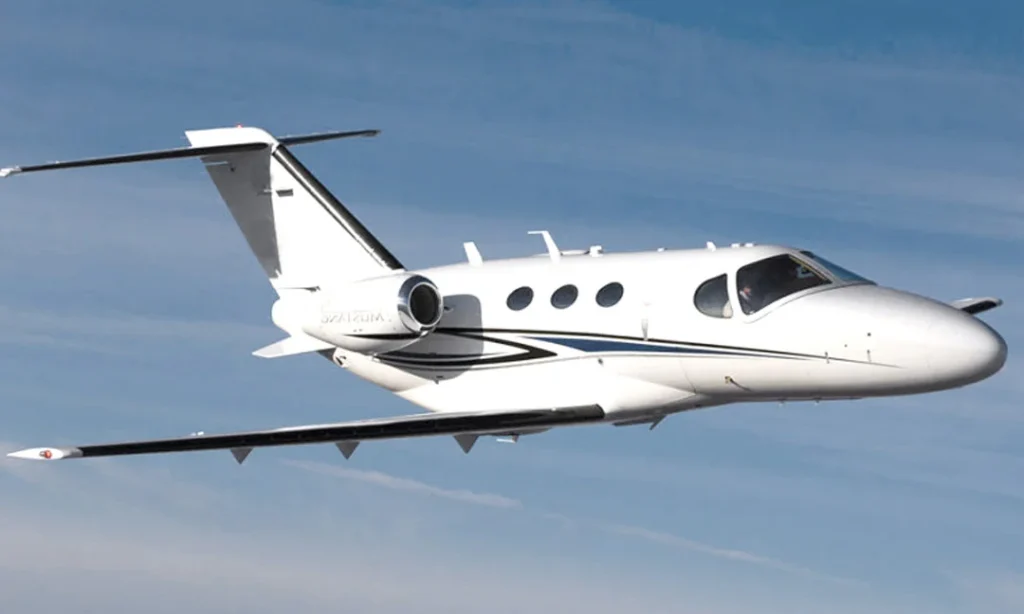
Depreciation is a further expense you should think about while owning a private plane. And not all jets are created equal, as you might anticipate. This means that some aeroplanes lose value far more quickly than others.
Within the first five years of ownership, private jets frequently lose about 50% of their value. A brand-new Bombardier Challenger 650, for instance, would be worth about $15 million in five years if you were to buy it today for $32 million. Therefore, it will lose $17 million during the course of five years of ownership.
Of course, if you qualify for tax incentives for depreciating aeroplanes, this loss isn’t as terrible.
The logistics and maintenance of owning an aeroplane are another disadvantage. If “your” aircraft needs maintenance, for instance, you can still fly if you participate in a fractional ownership programme.
However, if you fully own an aircraft, you will either be unable to fly during routine maintenance or be required to pay for an on-demand charter. In order to accommodate your schedule, you must make sure that your private jet management business can arrange maintenance.
Regrettably, scheduling around maintenance can occasionally be challenging, especially when it happens unexpectedly.
Choosing the Right Way to Fly by Private Jet
So, which is the best option for you?
Below is a table that you can use as a quick overview of all the methods of flying by private jet, along with the pros and cons of each one.
When assessing the table there are a few things to consider.
Firstly, how often will you be flying? If it is a one-off then consider an on-demand charter, empty leg, or shared seat flight. If you will be flying regularly consider a jet card, fractional ownership, or whole ownership.
Secondly, how flexible are you? Are you able to fly on short notice with little flexibility on your departure date and exact destination? If you are flexible, a shared seat flight or empty leg is a great option.
Thirdly, what’s your budget? If you are seeking out the best deal then an empty leg is the optimum method of flying. If you have a strict schedule and your time is extremely valuable, then fractional or whole ownership will likely make the most sense.
Method | Pros | Cons |
Shared Seat | Cheap | Not private, little flexibility |
Empty Leg | Luxury experience, cheap | Short notice, risk of cancellation, little flexibility |
On-Demand Charter | Flexible, easy to use, no commitment | Peak surcharges, complex if flying regularly |
Jet Card | Upfront payment, better guarantees, easy to use | Lots of research required, risk of hidden costs* |
Fractional Ownership | Guarantee hours, offset depreciation | High upfront cost, long ownership period |
Whole Ownership | Status, flexibility, customization | High costs, depreciation, complex |
Pros and Cons of the Different Methods of Flying by Private Jet
There are a few factors to think about when evaluating the table.
How frequently will you be flying, to start? Consider an on-demand charter, an empty leg, or a shared seat flight if it is a one-time event. Consider a jet card, partial ownership, or complete ownership if you plan to travel frequently.
And second, how adaptable are you? Can you travel quickly with little flexibility about your departure date and final destination? A shared seat flight or an empty leg is a fantastic choice if you have some flexibility.
What is your budget, thirdly? An empty leg is the ideal way to fly if you’re looking for the best deal. Fractional or total ownership is perhaps the best option if you have a rigorous schedule and value your time highly.
*Depending on the programme you are on, there may be hidden fees associated with a jet card. Some service providers will change their charges in response to factors like growing fuel costs, ice removal costs, significant events taking place at their destinations, and more. However, since you pay per flight when using a service like an on-demand charter, all these costs will be included in the final cost. Note that on-demand charters may still see pricing increases due to factors like rising fuel costs or higher de-icing costs.
Summary
There are six ways you can travel by private aircraft, in summary.
Each approach has its own advantages and disadvantages. As a result, there is no one optimum way to travel privately. Instead, it depends on your personal needs, flexibility, and spending capacity.
